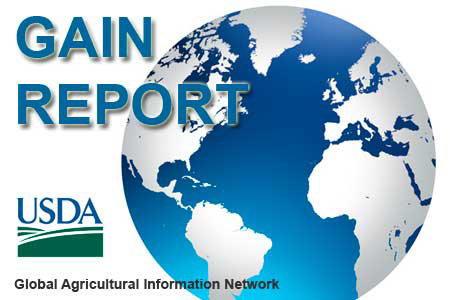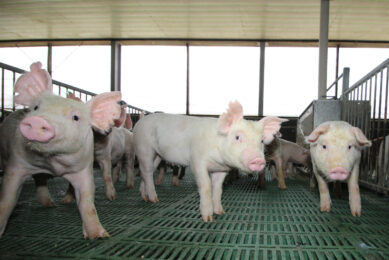Gain Report: Australian pig industry examined

Seasonal conditions across most of Australia, particularly Queensland and the Northern Territory have deteriorated in the last 12 months, resulting in a significant increase in cattle slaughter numbers. However, pig production has remained relatively stable with forecast total production of 345,000 and 350,000 tons in 2013 and 2014 respectively.
The number of breeding sows in the Australian pig herd is expected to remain stable in 2014 at 240,000 head. Pig production is expected to increase marginally from 4.6 million in 2013 to 4.7 million piglets in 2014.
Pig numbers
According to industry sources the Australian swine industry has reached a point of balance between supply and demand. Industry rationalisation over the last 5-10 years has forced most of the less efficient operators out of the industry. Most of those that remain have consistent long term contracts with major retailers or exporters so have balanced their sow numbers to meet these demands. Grain prices, which account for 60% of input costs in pork production, have remained relatively high during 2013 due to the high demand for exports and competition from the cattle feedlot sector. However, industry reports that the majority of pork producers are returning reasonable profits due to good management.
Gestation crates
The Australian industry has committed to a voluntary phase-out of gestation crates by 2017. Research suggests that producers can expect a slight reduction in sow productivity immediately following the removal of gestation crates. This reduction is expected to be temporary as producers adjust feeding and husbandry practices in the altered system. As the phase-out is voluntary it will occur gradually across the industry thus is not expected to create any significant impact on overall pig production.
Slaughter
Total pig slaughter for 2014 is expected to be marginally higher than 2013 at 4.7 million head for total production of 350,000 tons, up 1.5 percent from 2013.
Consumption
Pork consumption in Australia is relatively stable from year to year although consumption generally increases during December due to the popularity of Christmas ham. Historically pork consumption has then fallen in the first quarter of the year however in 2013 a focused marketing campaign by Australian pork prevented this from occurring.
Trade
Total exports of pork products from Australia are expected to increase marginally in 2014 to 35,000 tons. Exports in the first half of 2013 were just over 13,000 tons with total exports for the year expected to reach 33,000 tons.
Key export destinations for Australian pork remain Singapore (34%), New Zealand (17%) Papau New Guinea (13%) and the Philippines (12%).
Pork imports in 2014 are also expected to increase slightly (2%) to 210,000 tons. Imports for the first half of 2013 were 77,853 tons with the total for 2013 expected to reach over 155,000 tons. The US remains the largest importer of pork products to Australia, importing over 30,000 tons in the first half of 2013, followed by Denmark with 24, 000 tons. This trend is expected to continue in 2014 however there is little chance that the Australian market will be opened to fresh, chilled or bone-in pork product in the near future.











